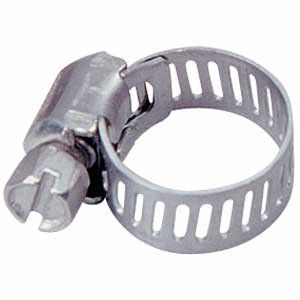james138
Well-Known Member
Man, brewing can be hard!
First I sliced my wrist on a sharp metal part of the wort chiller. Then when I went to use the wort chiller for the first time and it ended up leaking and water from the garden hose got into my wort! That sucks. So I had to abandon the leaky wort chiller and try to chill my wort in the sink. The problem is that I didn't have the bags of ice I normally use because I thought the chiller would work, so it took longer than the forever it usually takes to chill my wort.
I couldn't wait any longer and I had to pitch my yeast at 80 degrees. Is this bad? The kit recommended a temp of 65-70.
So I filled the vessel with wort for the hydrometer and then I pitched the yeast and sealed up the fermenter. 10 minutes later I went to look at my reading and I ended up knocking the tube over and spilling it everywhere. Needless to say, I have no measurements.
The only thing I'm going to miss out is finding out what the ABV of the beer is going to be, right? I don't need an original reading to figure out the FG, right?
Final question, long story short I want to get multiple batches going. I've got two carboys and one brewing bucket. I'm going to use a secondary for my current batch so I can free up my bottling bucket. Anybody have any tips or tricks on the best way to transfer to a secondary? I just rack all of it except for the sludge on the bottom and then top up the carboy with some water,right?
First I sliced my wrist on a sharp metal part of the wort chiller. Then when I went to use the wort chiller for the first time and it ended up leaking and water from the garden hose got into my wort! That sucks. So I had to abandon the leaky wort chiller and try to chill my wort in the sink. The problem is that I didn't have the bags of ice I normally use because I thought the chiller would work, so it took longer than the forever it usually takes to chill my wort.
I couldn't wait any longer and I had to pitch my yeast at 80 degrees. Is this bad? The kit recommended a temp of 65-70.
So I filled the vessel with wort for the hydrometer and then I pitched the yeast and sealed up the fermenter. 10 minutes later I went to look at my reading and I ended up knocking the tube over and spilling it everywhere. Needless to say, I have no measurements.
The only thing I'm going to miss out is finding out what the ABV of the beer is going to be, right? I don't need an original reading to figure out the FG, right?
Final question, long story short I want to get multiple batches going. I've got two carboys and one brewing bucket. I'm going to use a secondary for my current batch so I can free up my bottling bucket. Anybody have any tips or tricks on the best way to transfer to a secondary? I just rack all of it except for the sludge on the bottom and then top up the carboy with some water,right?



